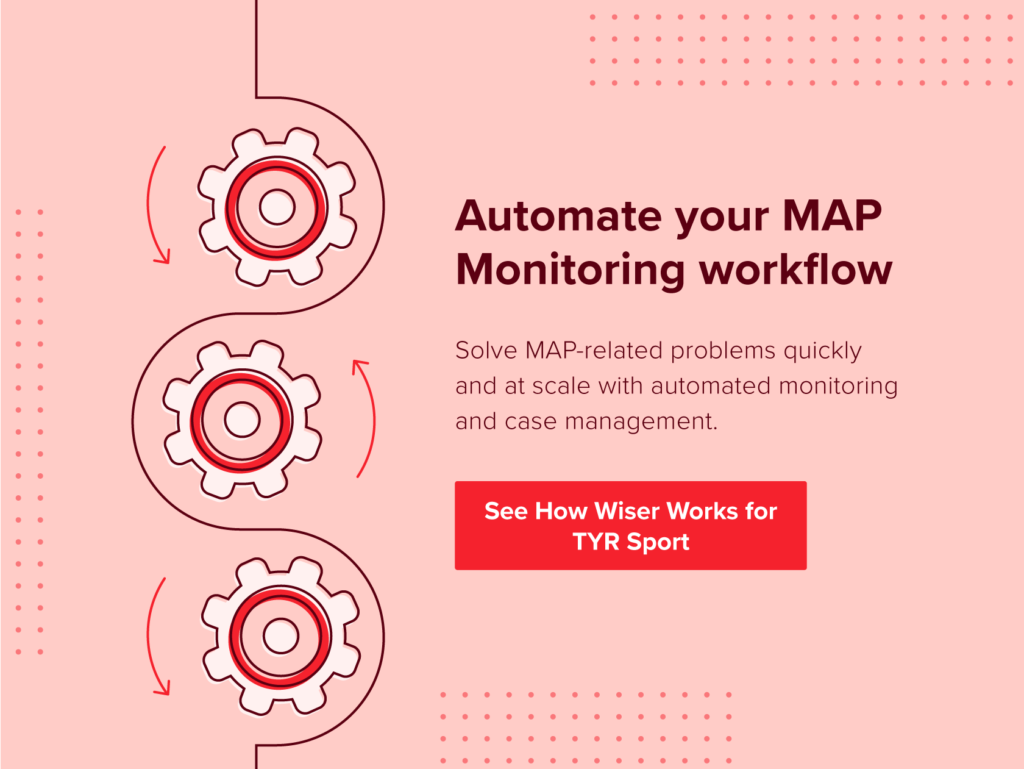Retail can often seem like a game of reverse one-upmanship. One retailer cuts prices and others scramble to match or beat them. This is problematic for retailers that want to preserve their bottom lines and move inventory, but the impact is detrimental for brands as well.
Beyond sales and margins, brand value is at stake.
What Are Your Opinions on Price Degradation?
Retailer and brand perspectives vary widely on the issue of price degradation.
Retailers think that cutting prices on certain items will bring in customers and lead to additional purchases. If there are only a few remaining SKUs left on a particular model, retailers may want to purge the items and don’t see the harm in discounting. While this can be true at times, shoppers might get accustomed to those discounts and come to expect them in order to make a purchase.
Brands run into problems when one major reseller drops prices below MAP price and other resellers call foul or follow suit. This is not a malicious move by sellers, but a competitor offering a lower price makes them unable to compete. More than that, brands lose on their own margin when retail partners demand to negotiate a better wholesale price.
Beyond these incidents, a larger problem looming for brands is a gradual souring of their relationships with specific sellers. If a retailer is constricted by a MAP policy, yet unauthorized sellers consistently pop up and advertise the brand’s products below MAP, then the brand-retailer relationship is bound to degrade over time. It comes off as favoritism, as some retailers seem to be getting a better deal. Brands must take steps to prevent this false perception. Proactive price monitoring and channel management is a reassuring gesture to loyal retail partners.
Let’s go over some examples and discuss how brands can keep their products from being casualties of the price degradation domino effect.
Price Degradation Examples
Our first example is a major bathroom fixture manufacturer. Its products might sell at Home Depot and at a number of other retailers. Say Home Depot cuts its prices, then Amazon will follow in their footsteps to stay competitive. In order to prevent this from happening in the future, this fixture manufacturer will monitor MAP across all their resellers to stay aware of any violations. That initial price cut is the one to focus on, as it is the first domino falling that creates ongoing price erosion.
From the retailer’s perspective, let’s look at an example of a major automotive parts manufacturer. Its products are offered at Walmart, PepBoys, and other stores. Perhaps Walmart does their research into why sales of that brand’s products are lagging and finds out that a number of small resellers are advertising the products at a fraction of the cost. A major conflict could ensue.
In fact, a logical reaction would be for Walmart to threaten to pull that manufacturer’s products off its shelves for good unless the brand takes MAP enforcement seriously and acts on disruptive (and likely unauthorized) sellers. MAP monitoring and enforcement protect both brand and retailer sales and margins.
For our last example, let’s think of a high-end LG TV. A shopper might walk into Best Buy motivated by the reputable location and crisp picture quality, but they are still conditioned to look for deals. As shoppers reference online offers to validate their purchase decision, they find a substantially lower price is available through an online seller. As a result, Best Buy will likely be used as a showroom and lose the sale. Best Buy might be complying with LG’s pricing standards, but other sellers can easily eat into market share by undercutting on price.
So what are you to make of all this?
Education is one of the best tools you have against price degradation, MAP violations, and unauthorized sellers.
What You Can Do About Price Degradation
Thankfully, you have plenty of tools at your disposal, whether you work for a brand or a retailer, to combat price degradation. Here’s where to begin.
Be Strategic About Discounting
Discounting, markdowns, promotions, sales—no matter what you call it, when done wrong it can have a toxic effect on your reputation and price position. For example, being too predictable with discounts will mean shoppers just wait until the next sale before buying. Brands that mark down their own direct-to-consumer channels can also set the tone with all resellers, leading to a chain reaction of price decreases. Overall, brands lead by example and give resellers the idea of how to price, so any discounts should be strategic.
Be Strong With MAP Pricing
Of course, It would be unrealistic to suggest all brands stop offering discounts, as some of us recall the backlash J.C. Penney received when they switched to an “everyday low price” strategy. Instead, supplement any discounts with a strong approach to MAP pricing. For instance, brands that are most effective at quelling MAP violations are the ones that don’t allow any discounting at all, like Bose and Weber Grill. Even if you don’t go that far, make sure you have a clear MAP policy and obvious steps to enforce any violations, such as pulling products or limiting distribution.
Be Aware of Market Conditions
Education is one of the best tools you have against price degradation, MAP violations, and unauthorized sellers. What you need is a system in place that helps you stay on top of market conditions and reseller activity while you scale. Wiser Solutions’ market awareness and brand intelligence tools provide competitive and category intelligence across your eCommerce channels, or near real-time brand protection data on reseller compliance and unauthorized sellers. Both will give you the intelligence you need to protect your price position and avoid price degradation.
Discounts are necessary for retail, but once they get too deep, there’s no going back. Brands must keep in constant communication with resellers to understand the impact of pricing. Managing distribution, being aware of any MAP violations, and acting swiftly and uniformly are the only ways to protect yourself against the price degradation domino effect.
Editor’s Note: Contributing writer is Matt Ellsworth. This post was originally published in June 2018 and has since been updated and refreshed for readability and accuracy.















